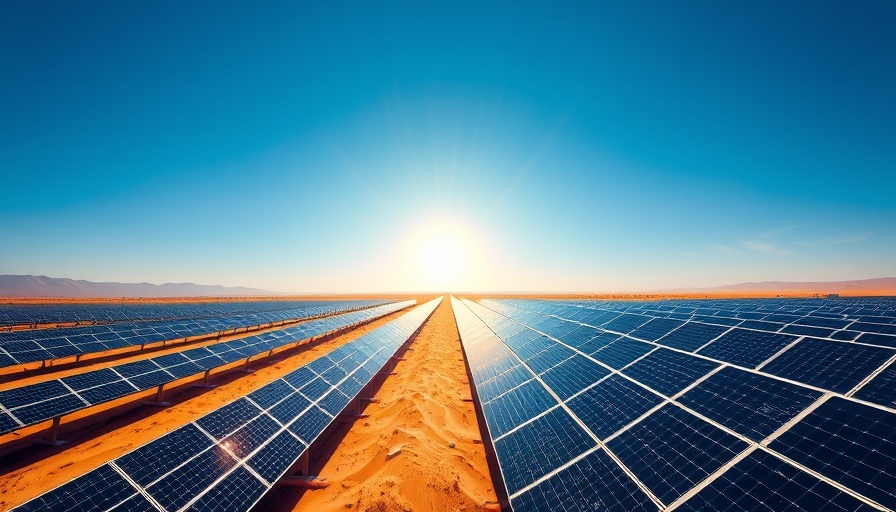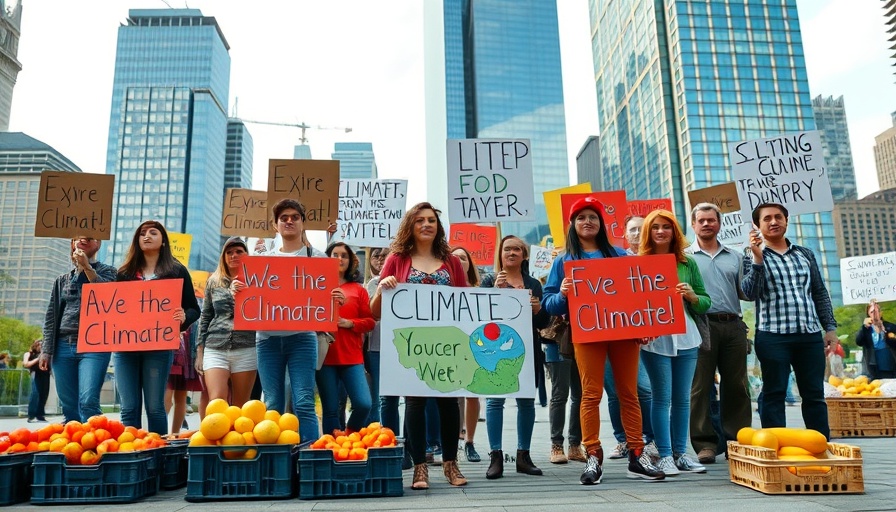
Innovative Solutions for Learning in Extreme Temperatures
As the world grapples with climate change, the need for innovative solutions to sustain comfortable educational environments is becoming increasingly critical. In regions facing extreme heat, architects are stepping up to the challenge by designing schools that utilize natural materials and passive cooling methods instead of conventional air conditioning.
Architects Redefining Educational Spaces
Internationally recognized architect Francis Kéré, who grew up in Burkina Faso, exemplifies this movement. His experience with a stifling school environment sparked a commitment to improve educational spaces through sustainable design. Kéré's Gando Primary School incorporates clay, a material known for its natural temperature-regulating properties, and features uniquely designed classrooms that ensure comfort. By relying on natural ventilation through openings and cross-ventilation techniques, the school remains a conducive learning environment even beneath the scorching sun.
Lessons from Nature: Biomimicry in School Design
Continued innovation can be seen in Kéré's designs inspired by nature, such as his college campus project in Kenya, which draws lessons from the efficient temperature-regulation techniques of termite mounds. By mirroring biological processes found in nature, architects today develop structures that remain cool even without mechanical cooling systems. This biomimicry promotes not just comfort but also sustainability, reducing the carbon footprint of school buildings significantly.
Global Perspectives: Sustainability in the Desert
Across the globe in India, the Rajkumari Ratnavati Girls School stands as another testament to the future of sustainable education. Built in the sweltering Thar desert, this school is designed to withstand extreme temperatures that can reach up to 48°C. Architect Diana Kellogg incorporated traditional design elements, like jali screens, which not only enhance airflow but also pay homage to the local culture. Moving away from air conditioning, the school's solar power and rainwater harvesting systems ensure it is self-sufficient and eco-friendly.
The Impact of Climate Change on Education
As highlighted in various reports, extreme heat significantly affects learning outcomes. Studies from Brazil to Vietnam illustrate that classrooms exceeding 26°C (79°F) hinder student learning and engagement. By addressing these temperatures with sustainable architecture, experts believe we can mitigate the educational impacts of climate change.
Future Considerations: The Path of Green Schools
As the urgency of climate change escalates, the emphasis on green building practices in education becomes paramount. The transition to more eco-conscious designs is crucial not only for the comfort of students but also for fostering a broader understanding of sustainability. Institutions worldwide must consider investing in sustainable solutions—capitalizing on the green building trend is not just beneficial; it's essential for creating spaces that support future generations.
As we strive towards a sustainable future, it's essential to recognize the significant advancements made in green architecture, particularly for educational institutions. Schools designed for resilience in extreme weather not only offer improved learning conditions but also stand as a model for environmental conservation and sustainability practices that can be implemented in all aspects of community planning.
 Add Row
Add Row  Add
Add 



Write A Comment